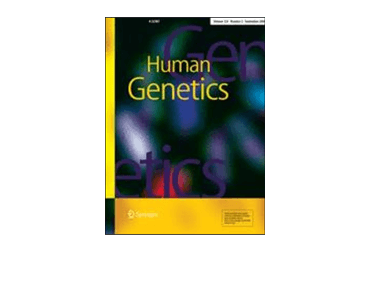3DFaceGAN: Adversarial Nets for 3D Face Representation, Generation, and Translation. S Moschoglou, S Ploumpis, MA Nicolaou et al.
Date: May 2019. Source: International Journal of Computer Vision (2020). https://doi.org/10.1007/s11263-020-01329-8. Abstract: Over the past few years, Generative Adversarial Networks (GANs) have garnered increased interest among researchers in Computer Vision, with applications including, but not limited to, image generation, translation, imputation, and super-resolution. Nevertheless, no GAN-based method has been proposed in the literature that can…
Details







